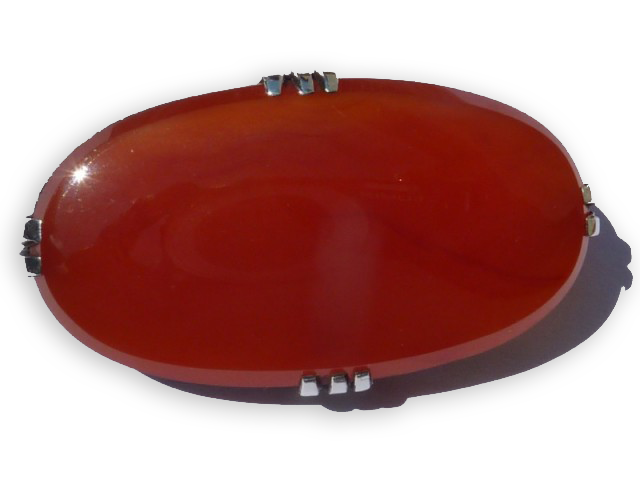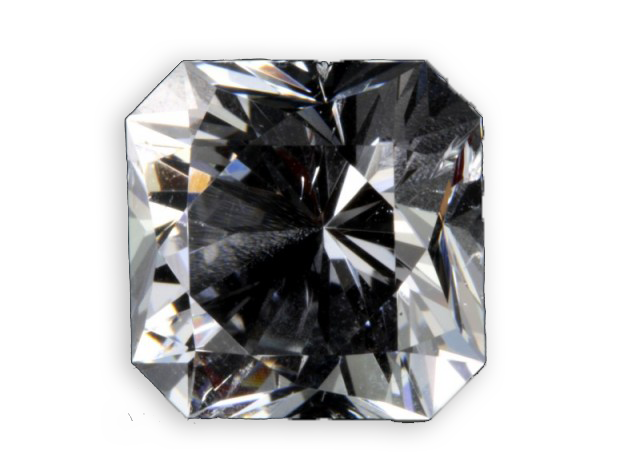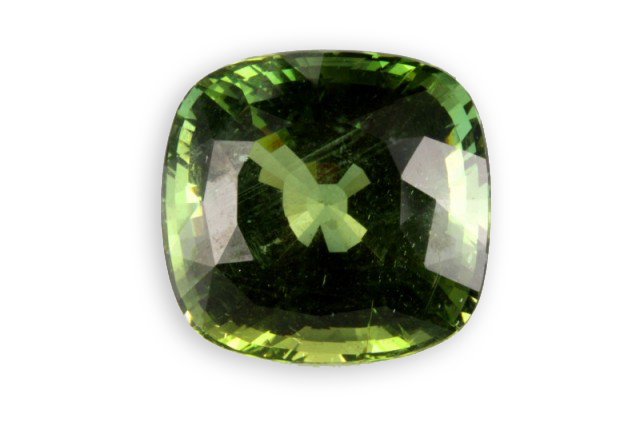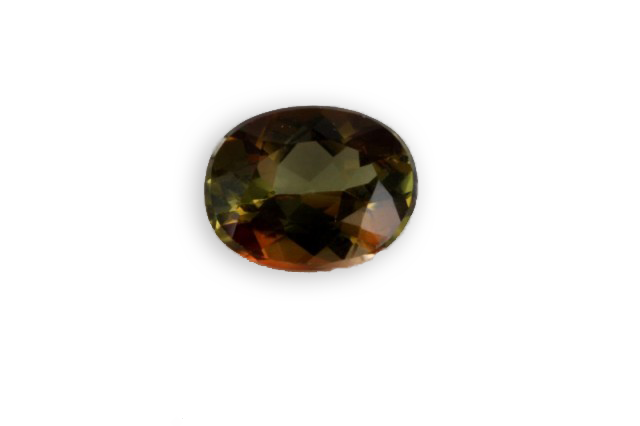
chalcopyrite
Its name comes from the Greek “chalcos”, which means copper and pyrite: this is a copper pyrites. It was identified in 1725 by Henckel. Chalcopyrite may contain gold in small quantities, it is then exploited for this precious metal.
Je vous emmène à travers mes vidéos découvrir mon expérience acquise depuis plus de 30 ans a silloner le globe entier à la recherche de pierres précieuses, de rencontre mémorables mais aussi de difficulté parfois …

Its name comes from the Greek “chalcos”, which means copper and pyrite: this is a copper pyrites. It was identified in 1725 by Henckel. Chalcopyrite may contain gold in small quantities, it is then exploited for this precious metal.

Chalcedony: This is a term including microcristallines and cryptocrystalline varieties of quartz, which come from the Greek name of the famous city of Carthage “Karkêdon”. Extracted in Egypt and Syria, it has been used since ancient times for intaglios and cameos, an active trade with

It was identified in 1806 by René Just Haüy, its name comes from the Greek “apophylliso” which means “exfoliates”, “that flakes “ … to heat, friction, acid. There are several varieties according to their chemical composition: rich in sodium, it is the natroapophyllite; rich in


Identified by Delametherie in 1798, it was named after a Spanish province, Andalusia, where it was found, near Almeria. Chiastolite the variety, also known as “Stone Cross” is a variety of opaque white to gray andalusite, which comes in elongated prisms which, when cut perpendicular

It is a product of plant origin, the fossilized resin of some conifers (pine, redwood, cypress, cedar …) and some angiosperms (legumes, Umbelliferae, Liliaceae). The amber from the Dominican Republic was produced by a kind of tropical tree, now extinct, ancestor of the carob tree,